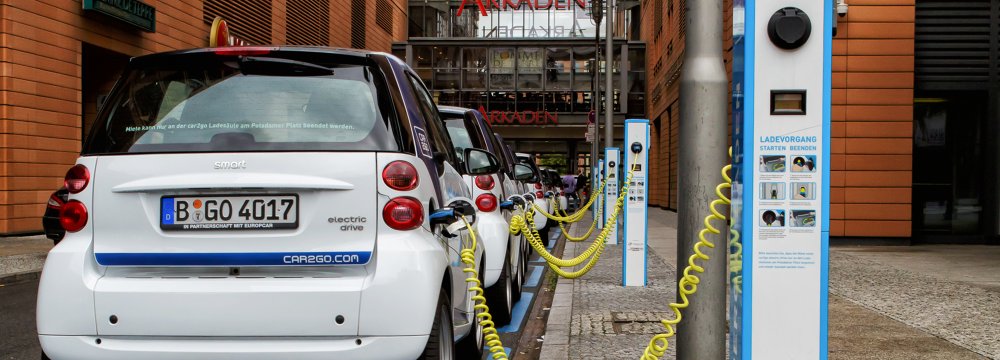Global oil demand will fall only modestly alongside the expected rise in electric vehicles over the next two decades, with consumption in petrochemicals and other transportation still growing, the International Energy Agency said on Tuesday.
Oil is already facing stiff competition from ever-cheaper and more environmentally friendly energy sources as traditional fossil fuel users switch to cleaner, low-carbon alternatives, CNBC reported. In its World Energy Outlook 2018, the Paris-based IEA said it had cut its longer-term oil price projections from last year, partly because of the falling cost of both renewable and conventional sources of energy, the worldwide push to tackle climate change and improve air quality and the boom in US shale oil and gas output.
Under the IEA’s New Policies Scenario, based on existing legislation and announced policy intentions relative to emissions and climate change, the oil price should continue to rise toward $83 a barrel by the mid-2020s.
The oil market should be able to find a longer-term equilibrium, with the oil price in the range of $50-70 a barrel, the agency said. The IEA estimates that there will be 50 million electric vehicles on the road by 2025 and 300 million by 2040, from closer to 2 million now. However, this is expected to cut only 2.5 million barrels per day, or about 2%, off global oil demand by that time.
“It’s quite spectacular, because you’re going to see the number of cars on the road globally double from 1 billion to 2 billion, thanks to electric vehicles and fuel economy standards,” said Laura Cozzi, head of the Energy Demand Outlook division.
“Many commentators say we are writing the obituary for oil demand ... It is certainly true in the passenger car segment and in power generation, but it is not true in the other two elements of oil demand: transportation and petrochemicals.”
Power generation will move increasingly away from relying on coal and crude oil, with renewables taking a much larger proportion of the global energy mix. Between 2017 and 2040, the IEA estimates that more solar power capacity will be added globally each year than any other source of energy, with an annual average increase of nearly 70 gigawatts.











Add new comment
Read our comment policy before posting your viewpoints